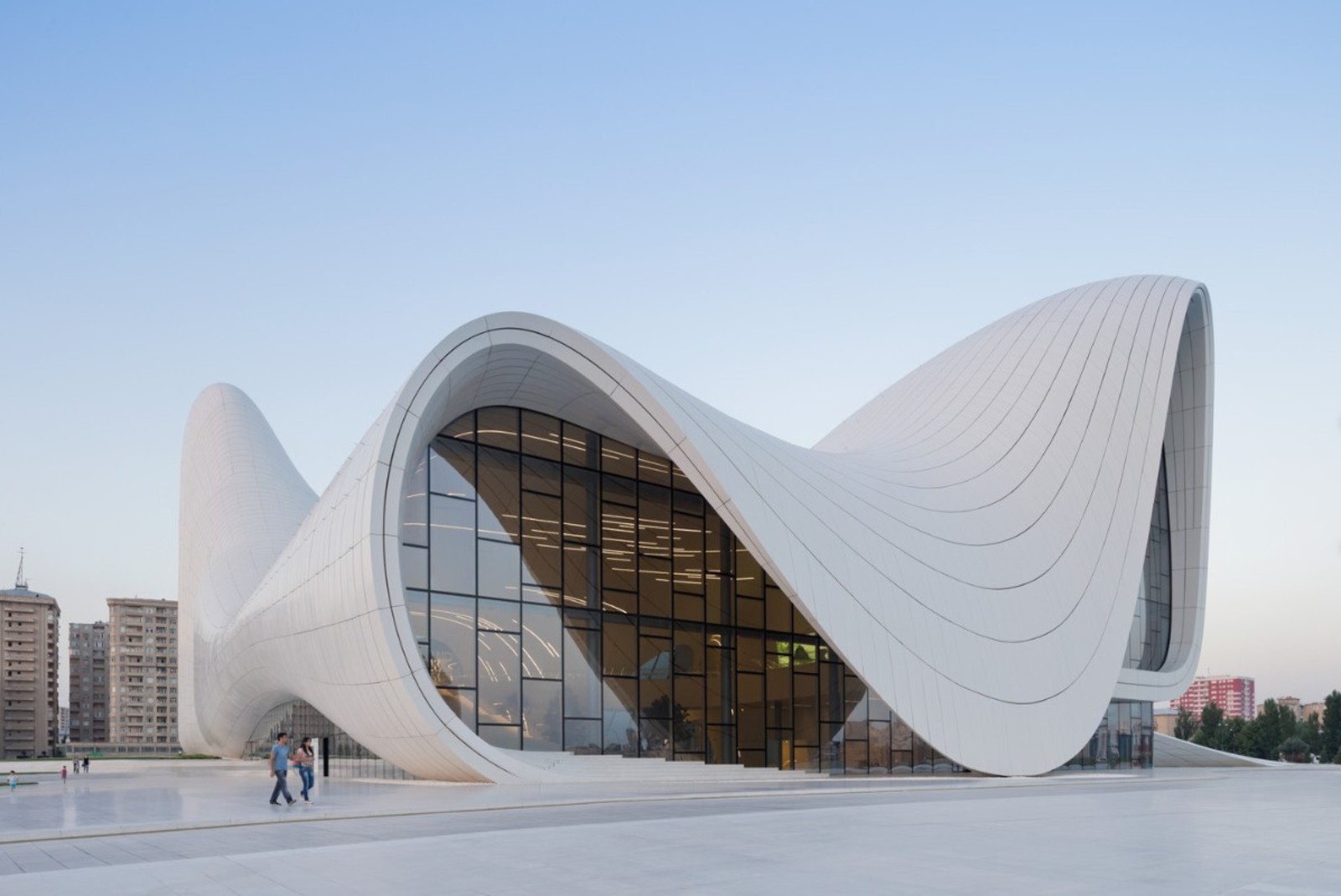Architecture is an expression of values, and so its history is essentially a roadmap of the values and principles prized by social groups at different points in time.
The Renaissance era put a premium on proportion and symmetry: Architects working in 15th century Italy developed and followed a design principle that combined mathematical precision with a strong aesthetic sensibility. They were guided by theories of rationality and realism, according to WideWalls. It was through the use of pillars and facades, like those seen in St. Peter’s Basilica in the Vatican and Villa Rotonda, near Venice, that the prevailing cultural values of order and logic were visually displayed. These well proportioned buildings were reminiscent of earlier styles of classical architecture that relied upon the use of columns to balance natural errors in human sight. This was all underpinned by a desire for order and rationality, as was ingrained in Ancient Greek and Roman cultures, according to ThoughtCo.
Other movements preferred ornamental playfulness: A less disciplined and dogmatic approach to design can be seen in the 17th century Baroque architecture of France and Italy, as well as contemporary architectural movements like Neomodernism. Baroque style is known for its decorative extravagance. It shows a cultural transition from the overtly rational style of its Renaissance-era predecessor to a more playful and leisurely view of the world, according to WideWalls. The Palace of Versailles in France, which is embellished with dramatic ornaments and bold accents, embodies this reactive cultural evolution.
Some were rebels with a cause: Contemporary Neomodernist works like Zaha Hadid’s Heydar Aliyev Centre in Azerbaijan and Frank Gehry’s Guggenheim Museum in Bilbao are less concerned with Modernist concepts of functionalism than pushing the bounds of technologically-driven “freeform design,” according to ThoughtCo.
And some reached for the skies: Ancient and Gothic architects held religion as a focal point in the buildings they constructed. So they built upwards, towards the source of their worship. The towering pyramids of Giza were among other things a bid to construct a passage to the skies, to be closer to the gods. Putting the sacred at the center of construction was also a priority in 12th century Europe, where Gothic architecture, like the Notre Dame Cathedral in Paris, also stretched to new heights.
Similar approaches can span thousands of years. The Gothic architecture of the 12th-16th centuries may seem a world away from the architecture of ancient Egypt, but in the case of each, their sacred constructions took considerable resources and top priority, leaving very few traces of civic buildings from either era, according to WideWalls. Gothic cathedrals displayed colorful interior decorations through stained glass and inscribed with descriptive images, while ancient Egypt’s monuments were decorated with elaborate hieroglyphs.











